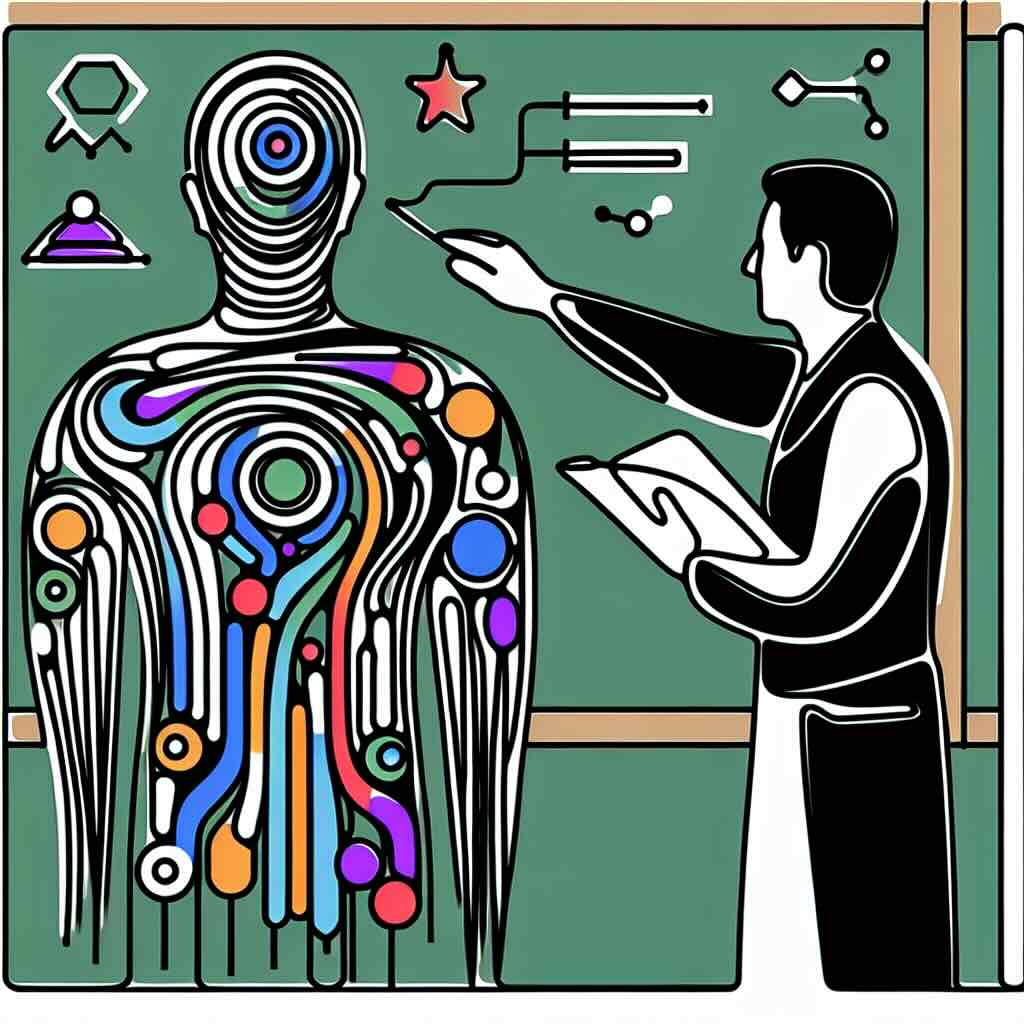Giving learners choice in an LXP can help provide more personalised learning experiences compared to a typical LMS
Learning Experience Platforms (LXPs) are emerging as a viable alternative to traditional Learning Management Systems (LMS). This blog post explores the key differences between LXPs and LMS, and provides insights into the benefits and risks of adopting an LXP for your organisation's training needs. With a quick actionable exercise and a clear call to action, you'll gain a better understanding of how to enhance the learning experiences of your team.
Table of Contents
1. Introduction to Learning Experience Platforms
2. Key Differences Between an LXP and an LMS
3. Benefits of Learning Experience Platforms
4. Risks of Adopting an LXP
5. One Thing You Can Try Today
6. Conclusion
7. Try it Yourself
8. Related Topics
Introduction to Learning Experience Platforms
Learning Experience Platforms (LXPs) have rapidly gained traction as innovative tools for corporate training and development. Unlike traditional Learning Management Systems which primarily manage and deliver training content, LXPs focus on creating engaging, personalised learning experiences. As the workforce evolves, the need for tailored learning paths becomes more critical, and this is where LXPs shine. They offer intuitive, user-friendly interfaces that facilitate seamless content discovery, social learning, and dynamic user engagement. In this fast-paced digital age, staying ahead of the curve with cutting-edge learning technology is essential, and LXPs provide a platform that encourages continuous skill development and knowledge acquisition.
Key Differences Between an LXP and an LMS
While both LXPs and LMS aim to enhance learning and development, their core functionalities vary significantly. LMSs are often content-centric, focusing on the administration, documentation, tracking, reporting, and delivery of educational courses or training programs. They are excellent for compliance training and structured eLearning. In contrast, LXPs prioritise the learner's experience by offering personalised content recommendations, user-generated content, and social learning features. They leverage artificial intelligence to understand learners’ behaviour and suggest relevant learning materials. Consequently, LXPs foster a more engaging and interactive learning environment, whereas LMSs provide a more controlled and structured learning framework.
Benefits of Learning Experience Platforms
Adopting a Learning Experience Platform can bring several significant advantages to an organisation. Firstly, LXPs offer personalised learning experiences through curated content that matches individual learner preferences, enhancing engagement and retention. Users can explore a vast array of learning resources, including videos, eBooks, podcasts, and peer-shared content. Secondly, LXPs promote social learning and collaboration, encouraging employees to share their knowledge and learn from peers. This fosters a community-driven learning culture. Lastly, LXPs are highly adaptive and scalable, supporting various content formats and integrating seamlessly with existing systems and tools. This makes LXPs a versatile choice for organisations looking to modernise their learning strategies.
Risks of Adopting an LXP
Despite their numerous advantages, Learning Experience Platforms come with certain risks and challenges. One significant concern is the initial implementation cost, which can be substantial compared to traditional LMS solutions. Additionally, LXPs often require a cultural shift toward more self-directed and collaborative learning, which may not be well-received by all employees. There may also be challenges with content curation, requiring a continuous effort to keep content relevant and up-to-date. Furthermore, the reliance on user-generated content can lead to inconsistencies in content quality. Organisations must carefully weigh these risks against the potential benefits and ensure they have a clear strategy in place for successful LXP adoption.
One Thing You Can Try Today
To get a hands-on feel for an LXP, try exploring one of the popular platforms available in the market such as Degreed or EdCast. Sign up for a free trial and spend an hour navigating through the features. Specifically, focus on the content recommendation engine and explore a topic of interest. Note how the platform curates and suggests content based on your interactions. This exercise will give you practical insights into how LXPs function and how the learning designs you create will differ from a traditional LMS.
Conclusion
Learning Experience Platforms present a compelling alternative to Learning Management Systems, especially as organisations seek more personalised and engaging learning solutions. By understanding the key differences, benefits, and potential risks, businesses can make more informed decisions about which platform best suits their needs. With the digital transformation in full swing, embracing an LXP might just be the strategic move your organisation needs to stay competitive in the evolving learning landscape.
Try it yourself
1. Evaluate Your Current System: Examine your current LMS and identify any gaps or areas for improvement.
2. Explore LXP Options: Research and shortlist a few LXP providers that align with your organisational needs and goals.
3. Trial an LXP: Implement a small pilot program with a small group of users to gather feedback and assess the platform’s impact.
Related Topics
1. The Role of Artificial Intelligence in Learning Platforms.
2. Enhancing Corporate Training with Social Learning.
3. Differences Between eLearning and mLearning.







